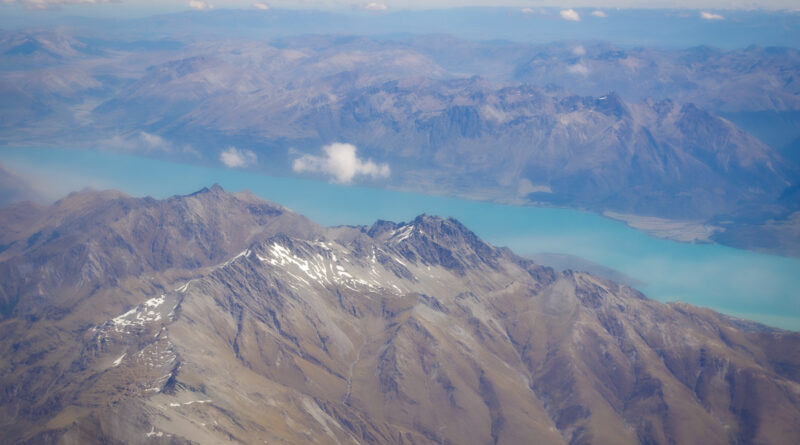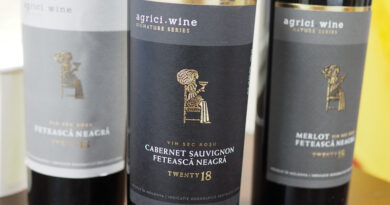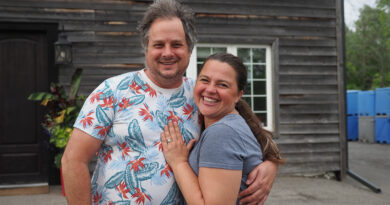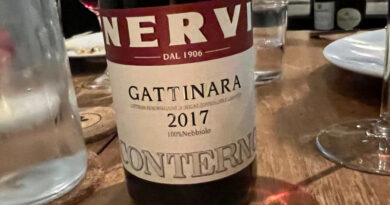A quick guide to New Zealand wine
New Zealand is a relative newcomer in the roll call of significant wine-producing countries. It wasn’t until the mid-1980s that the world first began to notice New Zealand wine, even though the first vines were planted here as far back as 1819, and the oldest extant winery, Mission Estate, started making wine in 1851. I remember reading an early version of The World Atlas of Wine from 1972, and New Zealand didn’t even get a mention.
The modern era for New Zealand wine begins in 1973, when Montana first planted vines in what is now by far the largest region in the country, Marlborough. Two years later they planted the first Sauvignon Blanc vines there, and the rest is history. Sauvignon turned out to be uniquely suited to the conditions here at the top of South Island, and gradually people began to realize how good it was. But even as recently as 1990 there was still more Muller Thurgau in the region than there was Sauvignon Blanc.
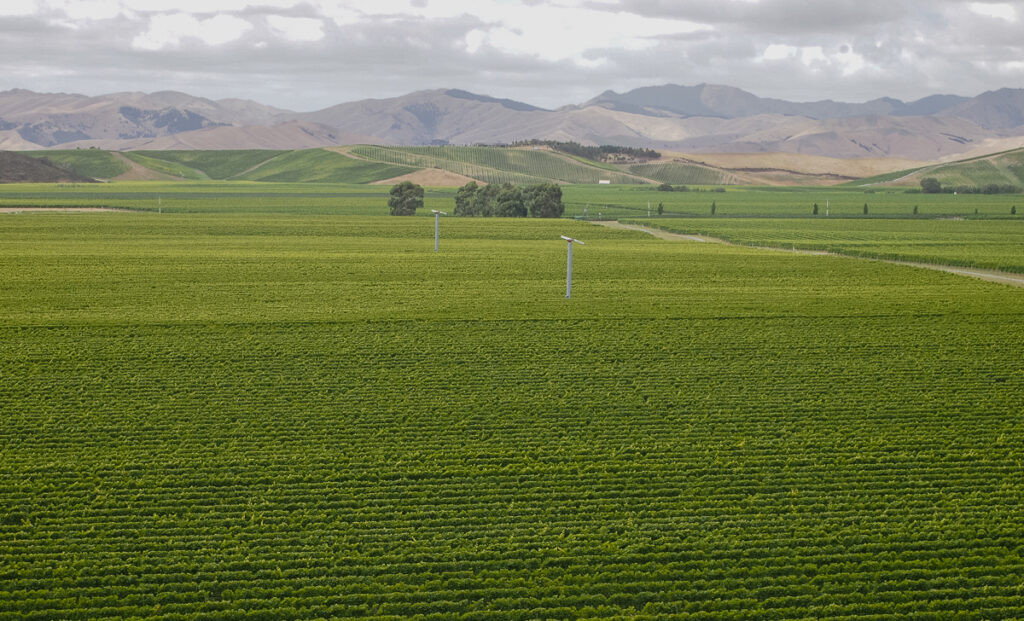
In the mid-1980s the word got out about Marlborough Sauvignon Blanc. Wineries such as Hunters, Montana and Cloudy Bay achieved international recognition. This was such a distinctive, pungent, aromatic style of Sauvignon that over the next couple of decades it came to define the variety in the eyes of the world. And Marlborough just kept growing. Now it has 30 000 hectares of vines. The next largest wine region in the country, Hawke’s Bay, has just 4600 hectares.
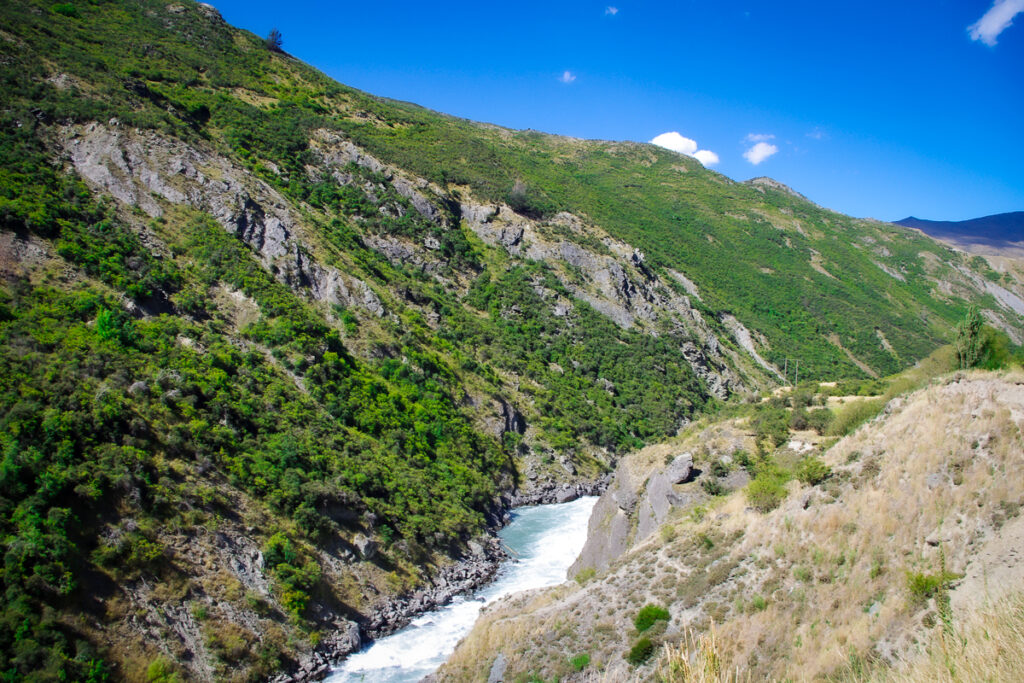
Other wine regions began to flourish, too. Nelson was first planted in 1973, and grew steadily. Martinborough began to emerge as a hot spot for Pinot Noir in the 1980s, as did Waipara and Central Otago. While Sauvignon Blanc remains New Zealand’s big wine story, there’s also a lot of attention on Chardonnay and Pinot Noir, too.
So what’s the current state of play with New Zealand wine? Here’s a tour through the most significant wine regions.
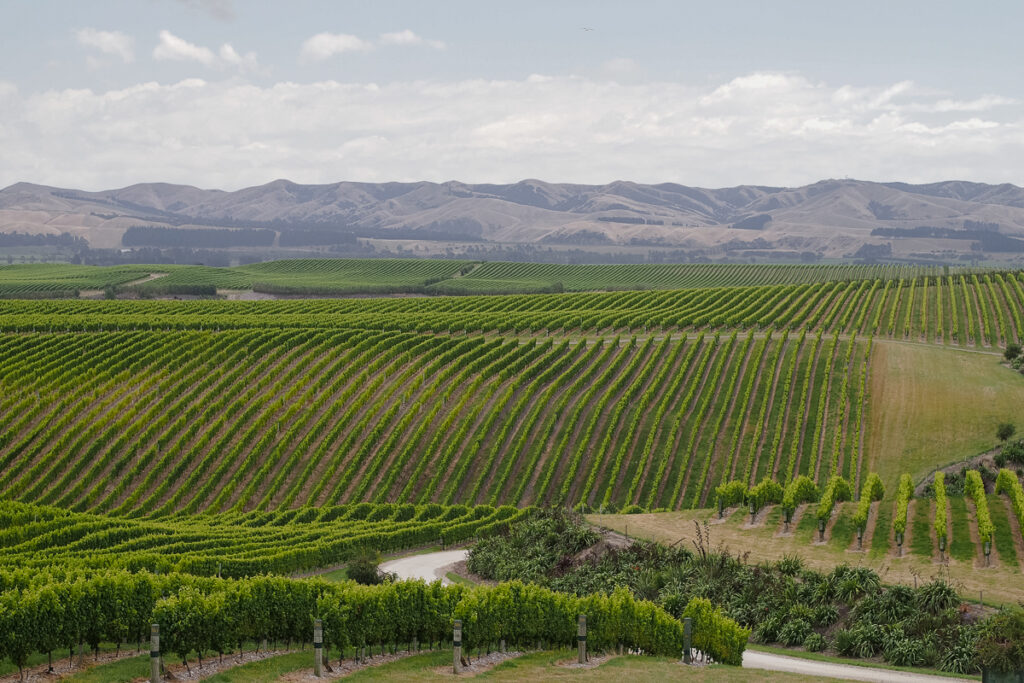
Marlborough
We’ve already talked about Marlborough, so let’s begin here, with New Zealand’s biggest region. I like to split it into three different parts. First of all we have the Wairau Valley, the main bit and the oldest bit. This is classic Sauvignon territory, although you’ll find other things here too. It now carries on for quite a distance, as more and more vineyards have been added. Then we have the Southern Valleys, Omaka, Fairhall, Brancott, Ben Morvan and Waihopai. These tend to have a bit more clay in the soils, and the more clay-rich bits of them, as you head into the Wither Hills, are the best places to grow Pinot Noir.
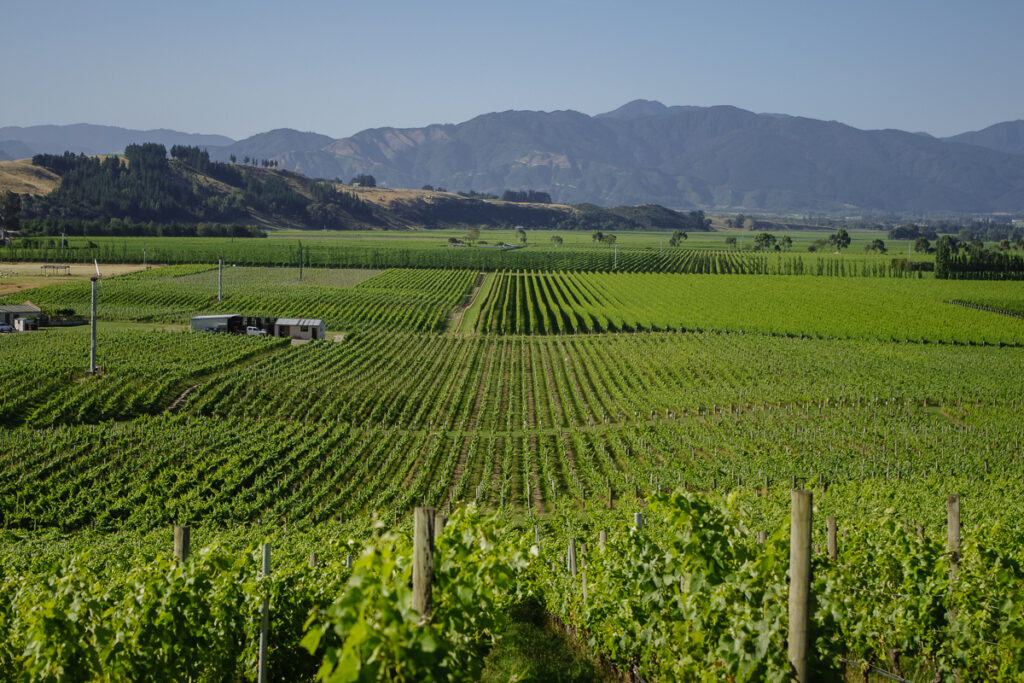
Finally, there’s the Awatere Valley, which has grown a lot since it was first planted in the 1990s, and this is a little cooler, and has some very interesting terroirs, including some good Pinot Noir vineyards. Marlborough Sauvignon Blanc needs little introduction, but do look out for increasingly compelling examples of Pinot Noir and Chardonnay. Aromatics, such as Riesling, Pinot Gris and Gewurztraminer can be good, and people are beginning to do good things with Grüner Veltliner and Albariño. Marlborough is a nice place to visit, and although Blenheim is quite a small town with a farming vibe, Picton is nearby and this gives access to the stunning Marlborough Sounds, where every winemaker who’s done well has a bach and a boat.
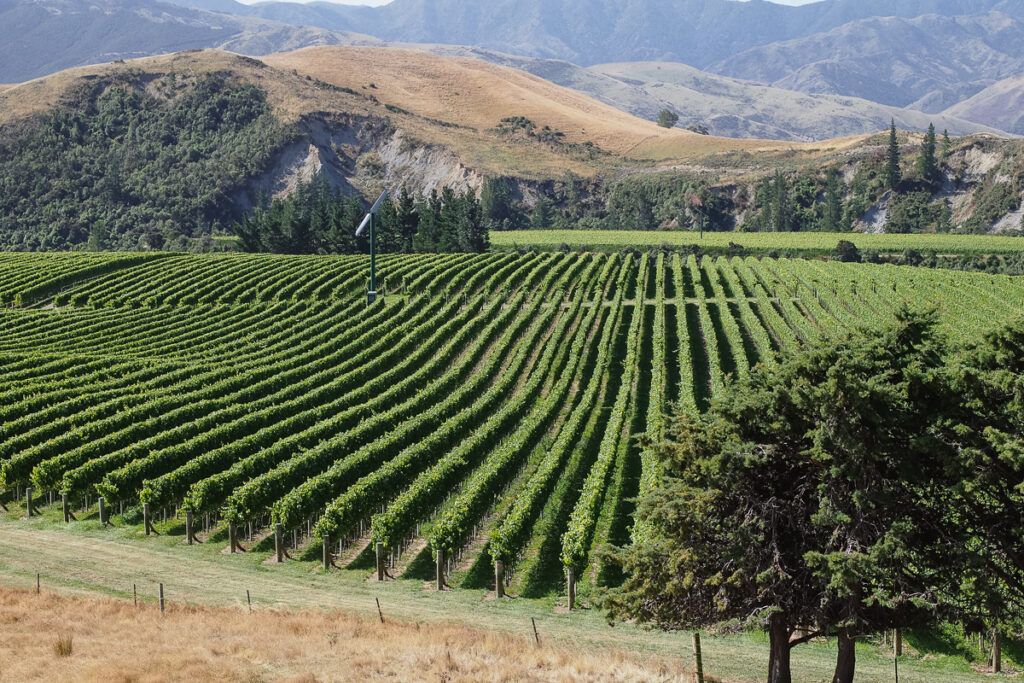
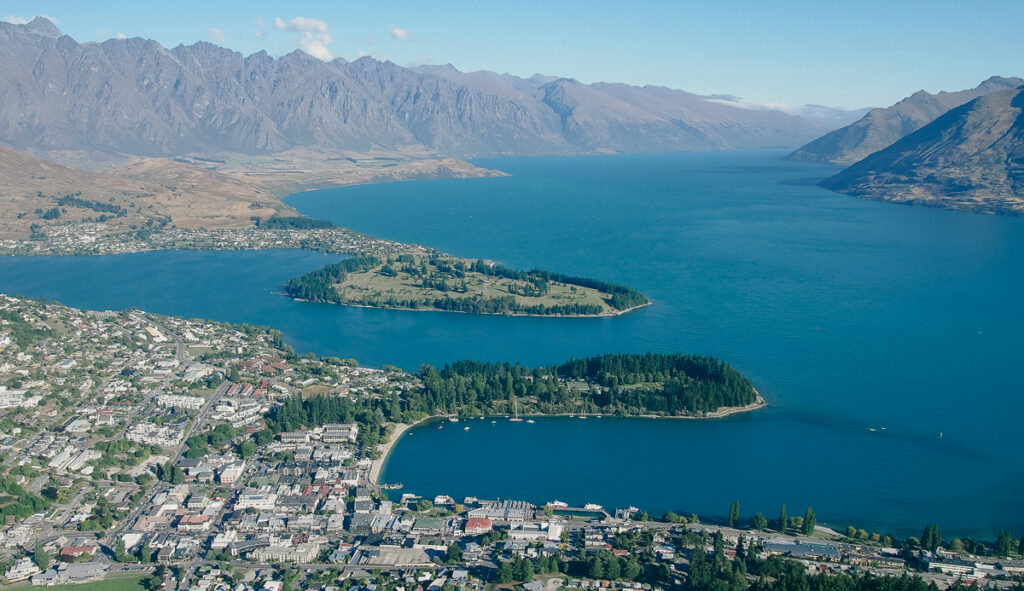
Central Otago
Central Otago is a real outlier in terms of climate and wine style. It’s a beautiful place to visit, tucked down in the middle of the bottom of South Island. Because of its location and the way it is protected by mountain ranges, the climate here is cool and arid. There are ski resorts here in the winter, and in the summer it has become the playground of South Island, bustling with tourists.
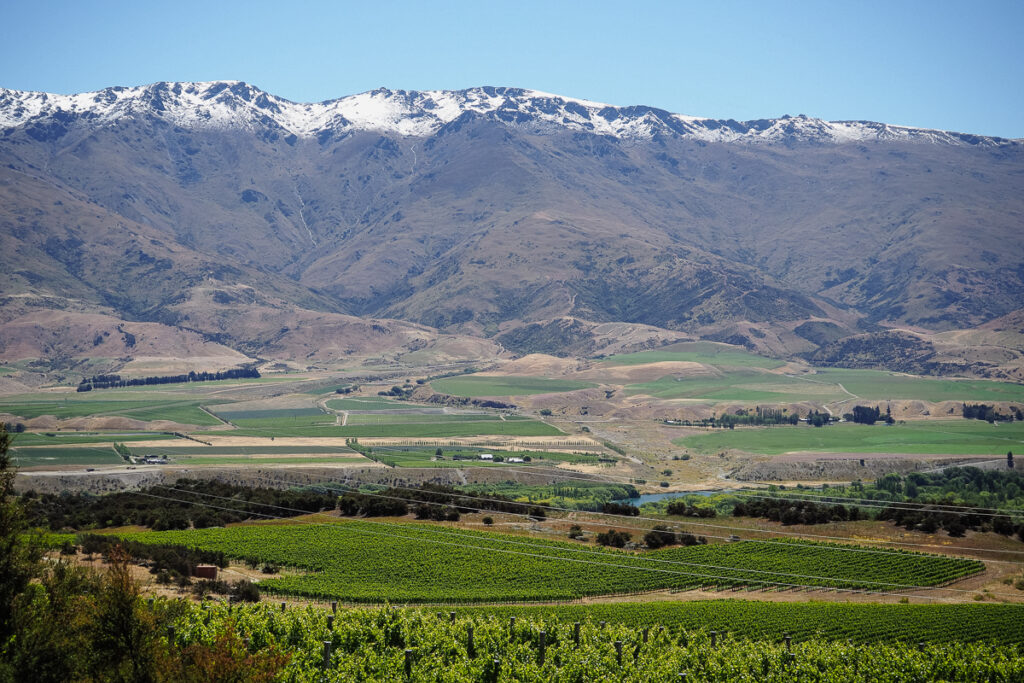
The wine story of Central has largely been focused on one grape: Pinot Noir. If you look at the climate data, this region should be too cool for ripening red wines. But the Pinot from here is exceptional. The first subregion planted here was Gibbston, which is quite marginal, but now the main area is in the Cromwell Basin, with Bannockburn, Bendigo and Wanaka all notable postcodes for top Pinot. And a third subregion, Alexandra, which is a little cooler, makes some impressive wines, too. Central is a great place to visit, any time of the year. I’ve even driven back from Central to Marlborough in a day, via the west coast, which is quite a journey.
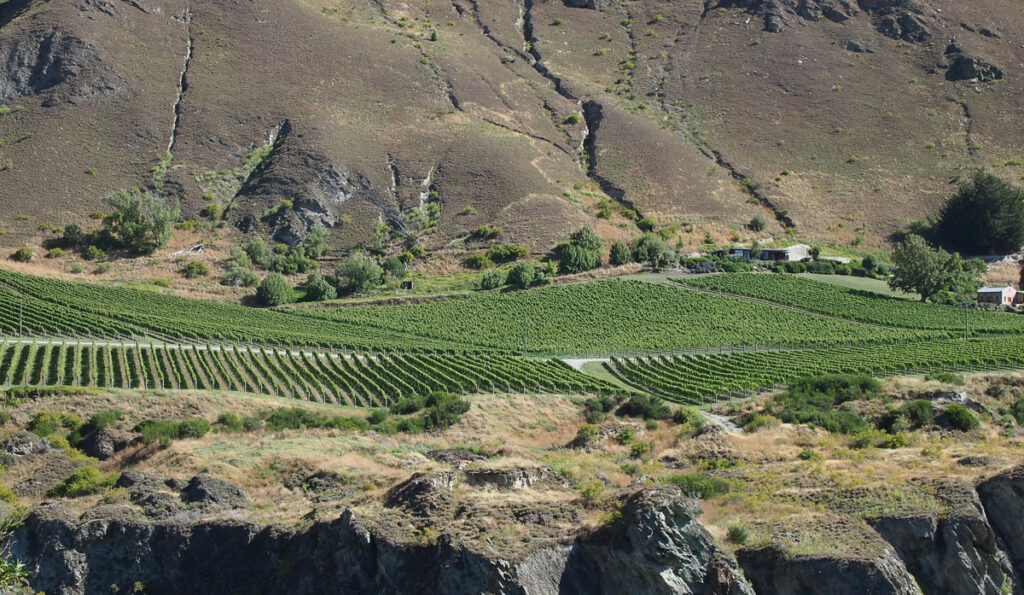
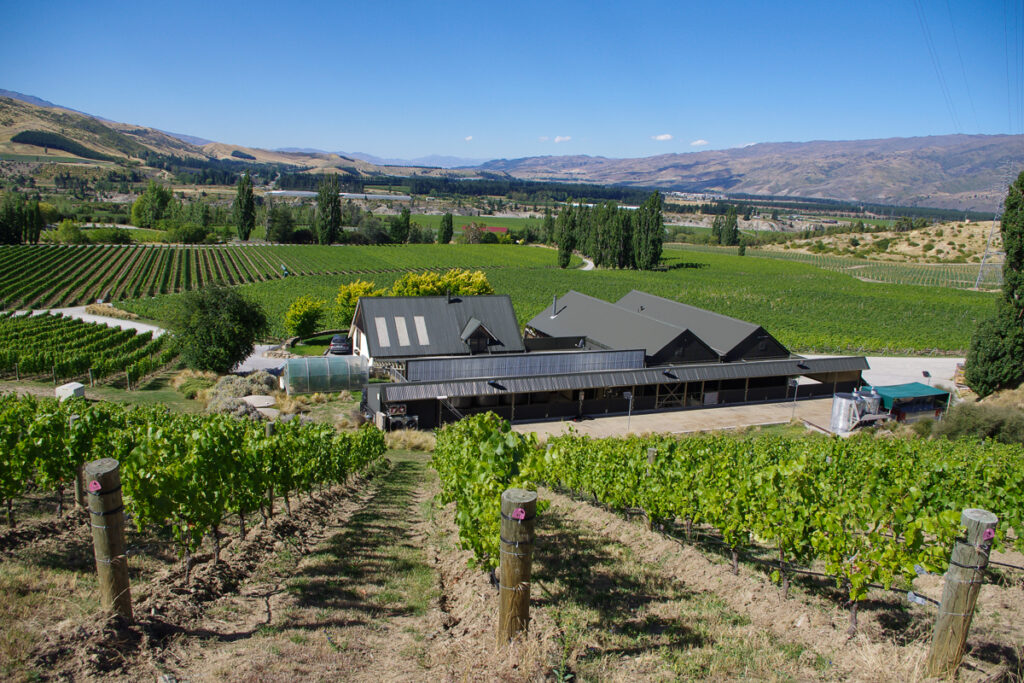
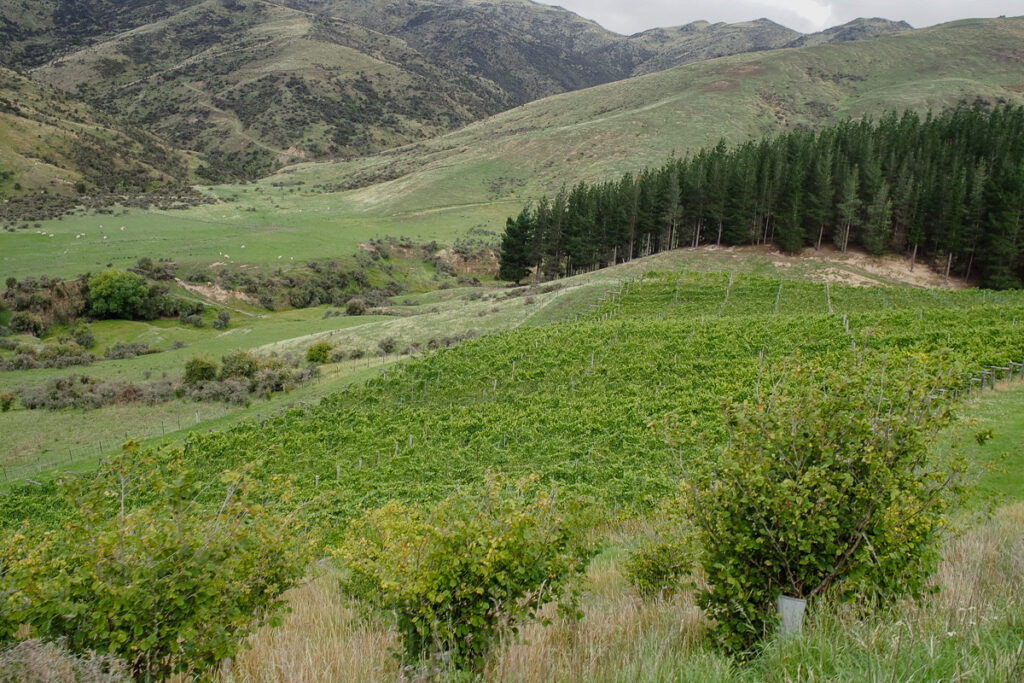
North Canterbury
North Canterbury, which includes the Waipara wine region, is another beautiful destination. It’s all about smaller wineries here, making impressive Pinot Noir, Chardonnay and Riesling, as well as some elegant Bordeaux-style reds. And the Banks Peninsular holds a special place in the history of New Zealand Pinot because this is where the grapes came from for the 1982 St Helena Pinot Noir that won all the prizes and persuaded many to have a go with this grape. A lot of attention has been focused on two wineries out in Waikari on limestone soils: Pyramid Valley and Bell Hill, who make some of the most sought after Pinot Noir and Chardonnay in the country. I’ve spent some lovely times in the region, which is in easy striking distance of Christchurch.
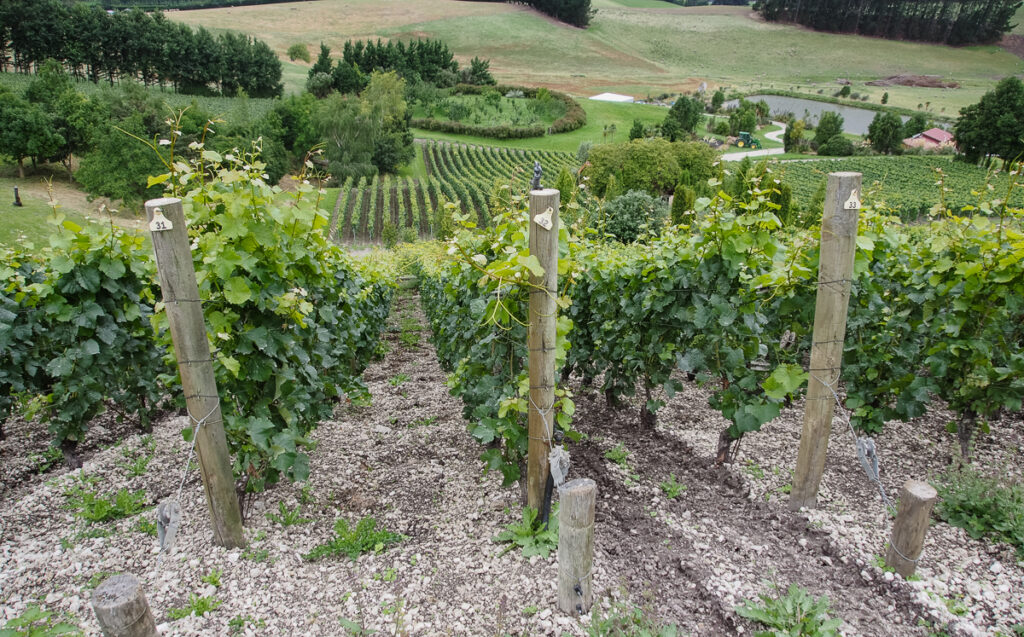
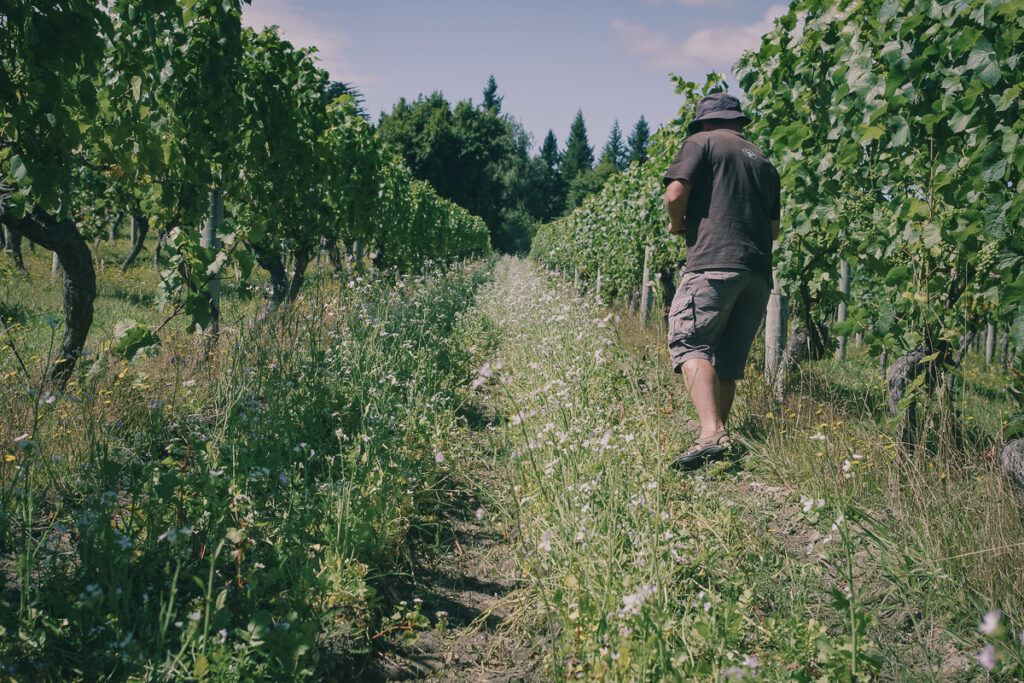
Nelson
Completing the South Island wine tour, it’s time to visit the small but perfectly formed region of Nelson. The town itself is lovely, full of hippy charm, and is a comfortable drive from Blenheim. There are just 1000 hectares of vines here, with a real mix of varieties, although Sauvignon dominates. The best wines are the Pinots and Chardonnays from the Moutere Hills.
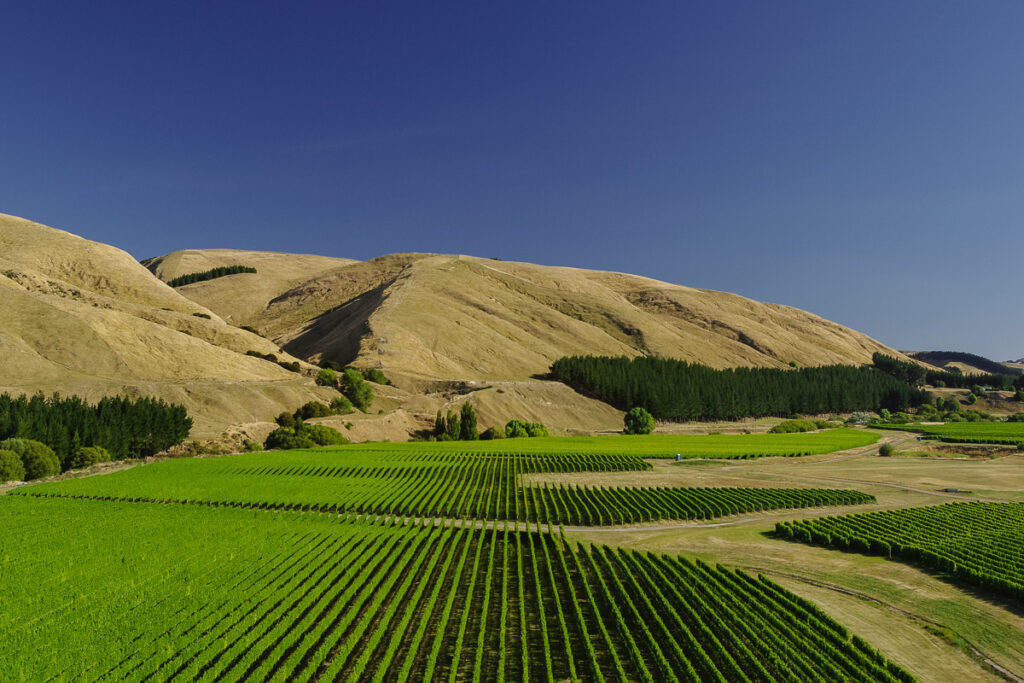
The Wairarapa/Martinborough
Not far from Wellington, there’s another small, beautiful wine region called Martinborough, which is part of an area called Wairarapa. As well as Martinborough, which came to fame from its Pinot Noirs, there’s another subdistrict called Gladstone, and another called Masterton. But most of the attention is focused on the vineyards around the town of Martinborough. This is boutique wine territory, and is well set up for wine tourism. There are just over 1000 hectares of vines here, and half of this is Pinot Noir. Most of the rest is Sauvignon, but it’s the Pinot we come here for.
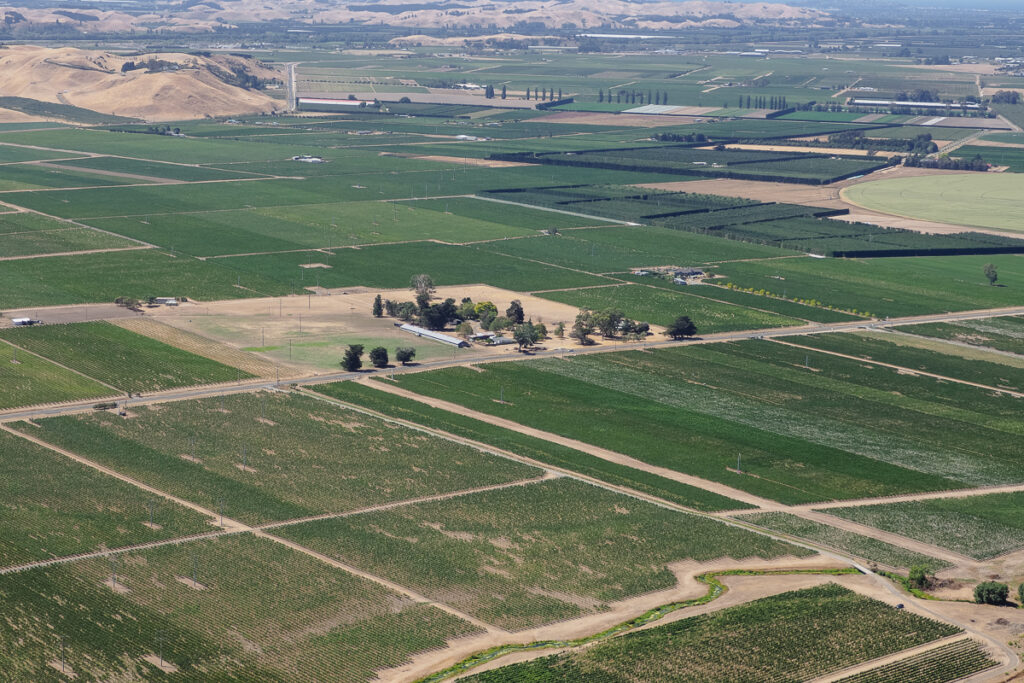
Hawke’s Bay
Hawke’s Bay, on the east coast of North Islands, was the heart of New Zealand wine until Marlborough came along. It’s a beautiful wine region to visit, and offers quite a bit of vinous diversity. There are some interesting subdistricts, too. The most famous is the Gimblett Gravels, an 800 hectare patch of free draining gravelly soils where the microclimate is a bit warmer, and this has become famous for Syrah and Bordeaux-style blends. Then there’s the Bridge Pa Triangle, another interesting terroir that makes some very nice Chardonnay, as well as interesting reds. Further inland we get to Central Hawkes Bay, with some limestone soils, where you find exceptional Chardonnay and even some Pinot Noir. Just because this is New Zealand, there’s quite a bit of Sauvignon Blanc, but its 1000 hectares are matched by Chardonnay, which many rate as Hawke’s Bay’s star turn. Merlot comes in third, and then Pinot Gris (it sells…) and Syrah.
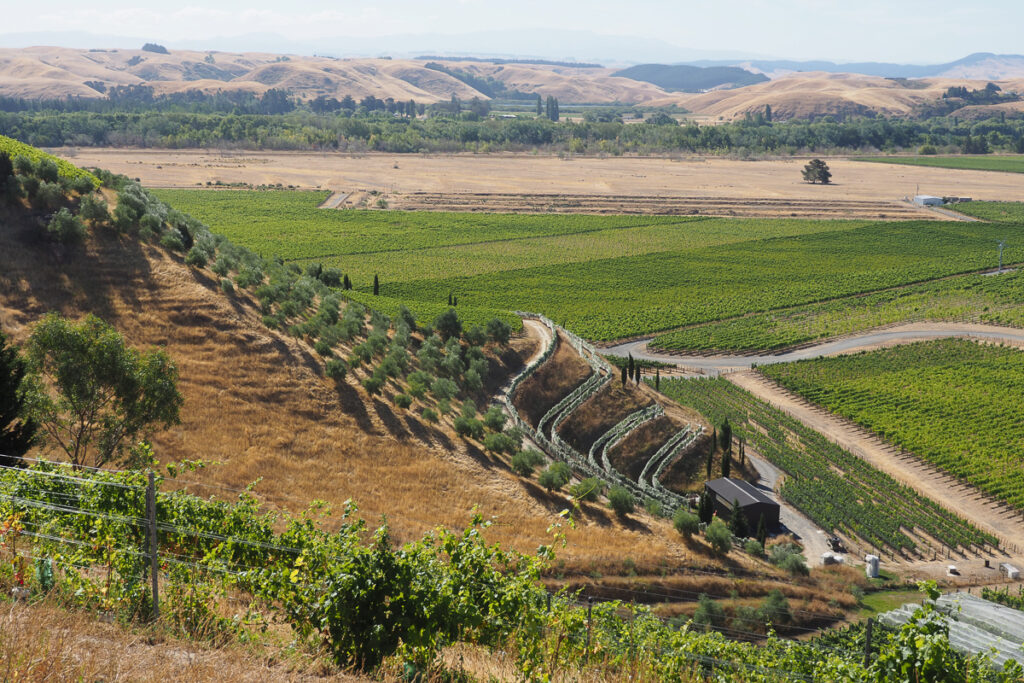
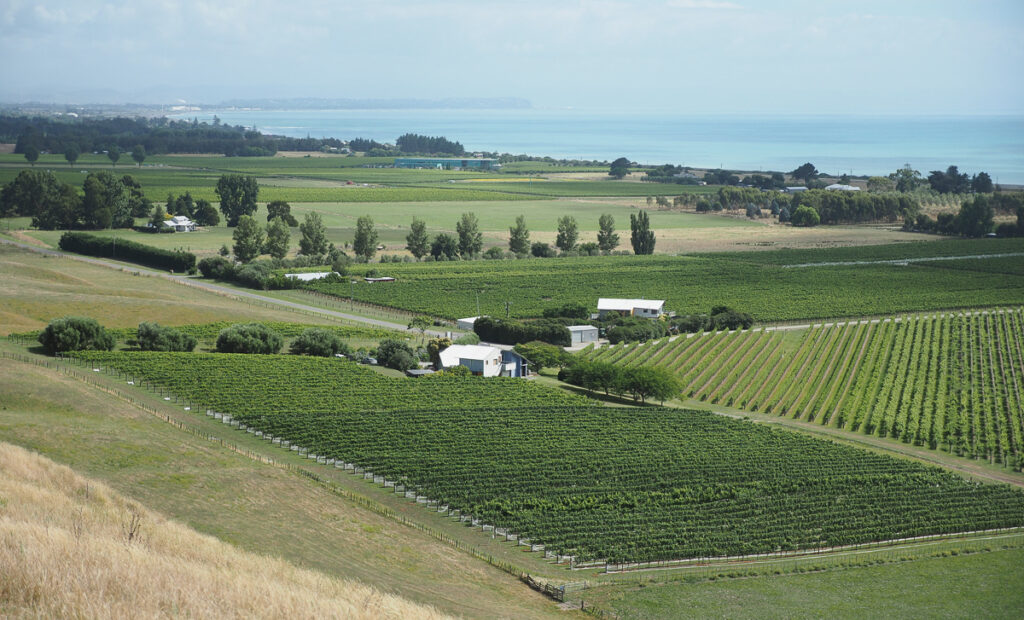
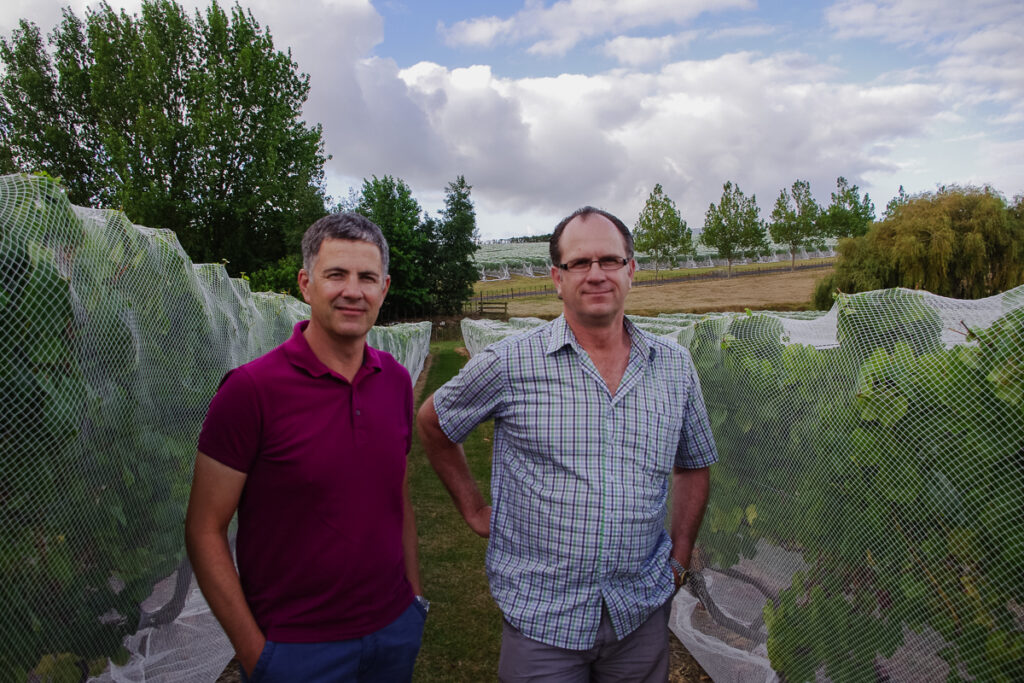
Auckland
West Auckland, around the town of Henderson, is where a lot of New Zealand’s main wine companies started out. It’s largely because of the Croatian immigrants who settled here and started making some home brew that a lot of wineries were established. It’s a little warm and humid here, but there have been some nice Chardonnays from here – and Kumeu River, the most famous Chardonnay producer in the country, is based in Kumeu, West Auckland.
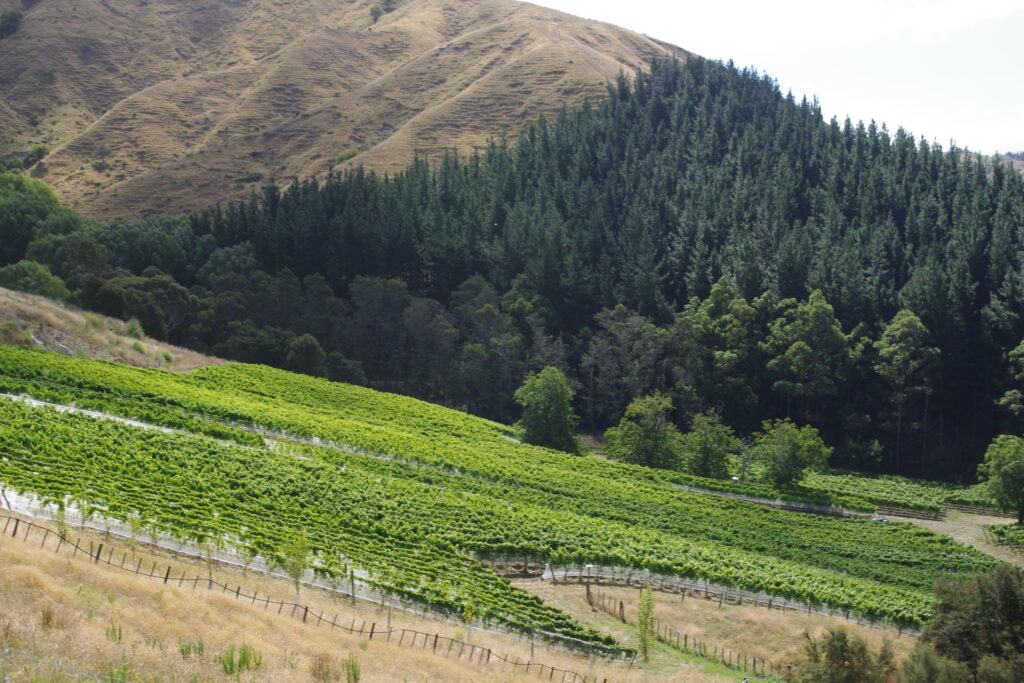
Gisborne
On the east coast of North Island, Gisborne is a beautiful region. But there aren’t many wineries here. The vineyards are largely used for growing large volumes of Chardonnay, Pinot Gris and Sauvignon for wineries located elsewhere. Just over 1000 hectares of vines are planted.

